Listen to Episode 92 on PodBean, Spotify, YouTube, or just search for it in your podcast app!
Animals are many and varied, but one of the things nearly all of them share is that they start life off inside a small and special capsule complete with everything the growing embryo needs for protection and nutrition. In this episode, we discuss the diversity, evolution, and fossil history of Eggs.
In the news
Tiny reptile from Madagascar hints at the ancestry of dinosaurs and pterosaurs
New specimens provide a fresh look at the crested dinosaur Dilophosaurus
Possible evidence of a flight-related molting pattern in Microraptor
New extinct species of dolphin was a large apex predator
What’s an Egg?
Almost all animals start life in an egg, by which we mean a capsule that protects and nourishes the embryo (even before then, they start as an egg cell or ovum, the female gamete that becomes an embryo when combined with a male gamete). Eggs are about as diverse as the animals that lay them, but they tend to include one or more protective membranes and a yolk that provides food for the embryo. Eggs are often categorized by the amount of yolk inside.
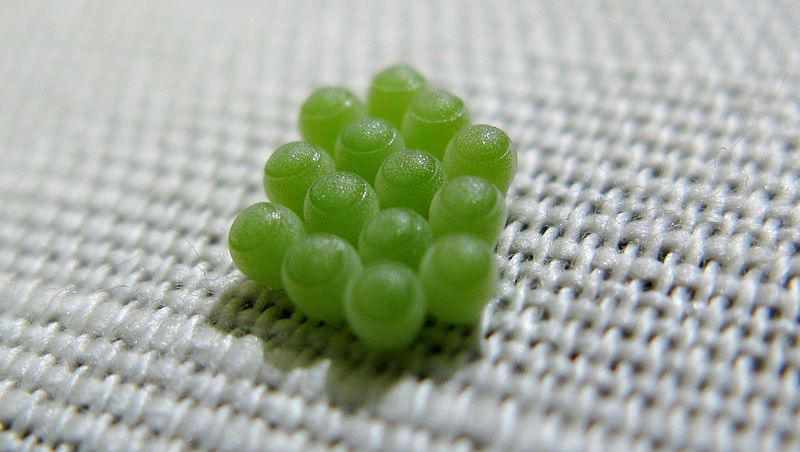
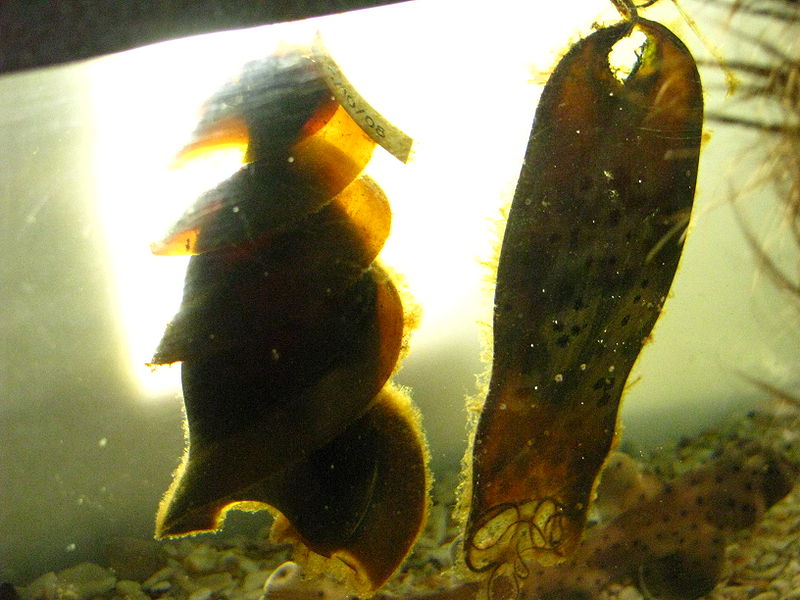

But the title of most complex and “advanced” eggs typically goes to amniotes, reptiles, birds, and mammals, whose namesake is the amniotic egg, consist of many different membranes that separate the interior of the egg into specialized compartments for food, waste, and embryo. These eggs also have a specialized shell that allows air to pass through but protects the embryo from drying out. In fact, this shell is considered one of the major innovations that allowed amniotes to spread across continental habitats.
Amniotic eggs can be soft-shelled like those of lizards and snakes or hard-shelled (mineralized with calcium carbonate) like those of crocodilians and birds. Bird eggs, especially, show a huge diversity of sizes and shapes. Recent research suggests that some of that variety is driven by how the birds fly!
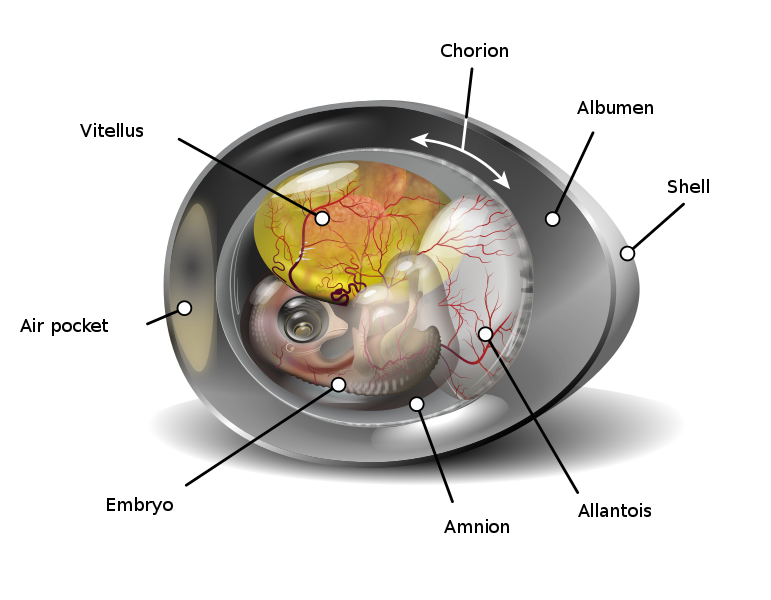
Eggs Through Time
Eggs have been around for a long time. And while some aspects of egg chemistry seem to evolve quickly, the overall shape and structure of eggs has remained pretty consistent. It works!
The fossil record of eggs goes back at least 600 million years, but it’s a mixed bag; hard-shelled eggs preserve very well, but soft-shelled eggs typically don’t. And it’s even rarer for eggs to preserve enough information to tell us what adult animal they belong to. But even with these challenges, we manage to learn quite a lot from fossil eggs.
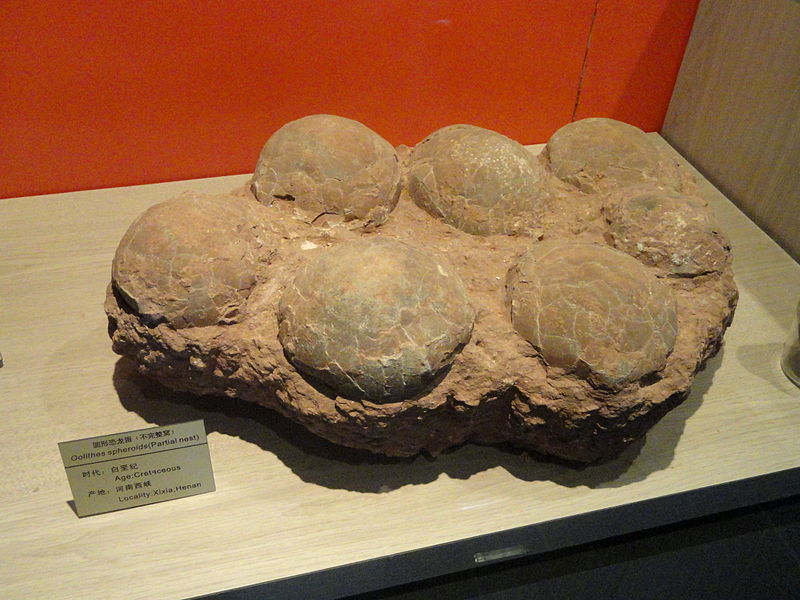
If there’s an embryo inside a fossil egg, we can learn about developmental processes. Various studies on dinosaurs, including theropods, sauropodomorphs, and ornithischians have examined tooth development to reveal that different dinosaurs spent different amounts of time in their eggs.
Recent research has found chemical evidence of colored dinosaur eggshells, which suggests these eggs were laid in open nests and may have needed color for camouflage or to be better identified by the parent. Egg nests in general can tell us a lot about ancient parenting behaviors, and there have even been some exceptional cases where adult dinosaurs have been found associated with their own nests.
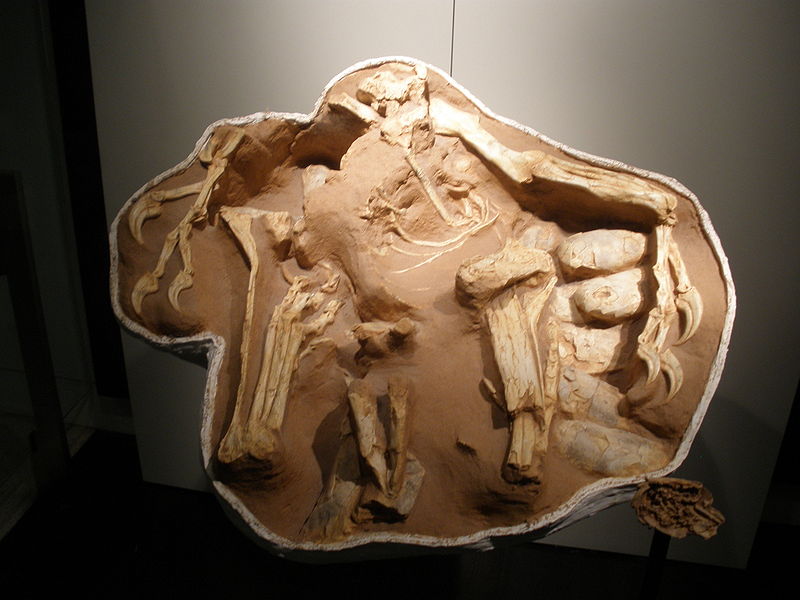
Recent research shows that early dinosaurs may have even laid soft shelled eggs, which might help explain why dinosaur eggs are only known from certain groups and certain time periods.
Many animals have famously stopped laying eggs and instead give birth to live young. This transition is surprisingly common; it appears to have evolved independently about 150 times across various groups of fish, reptiles, and mammals. Recent research into this transition includes studying living lizards that do both!
Extra Reading
Which came first: the chicken or the egg?
‘Baby Louie’, the dinosaur embryo from a giant egg
Has the importance of the amniote egg been overstated? (Technical paper)
—
If you enjoyed this topic and want more like it, check out these related episodes:
We also invite you to follow us on Twitter, Facebook, or Instagram, buy merch at our Zazzle store, join our Discord server, or consider supporting us with a one-time PayPal donation or on Patreon to get bonus recordings and other goodies!
Please feel free to contact us with comments, questions, or topic suggestions, and to rate and review us on iTunes!
You mentioned phylogenetic evidence for separate evolutions of hard-shell eggs in therapods and sauropods (and mentioned “multiple evolutions in ornithischians”) – I’d be interested to see how that evidence shakes out in relation to (or if was included in, haven’t read the actual paper) the Ornithoscelida hypothesis…
LikeLiked by 1 person
That will definitely be interesting to see. Seems these eggs have evolved multiple times in dinosaurs, one way or the other!
LikeLiked by 1 person